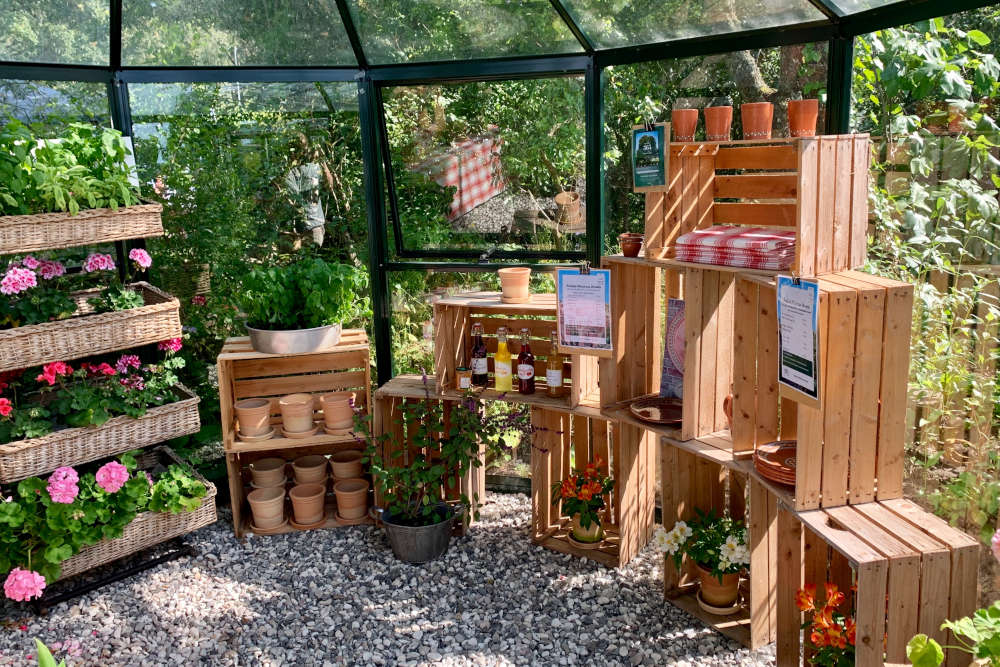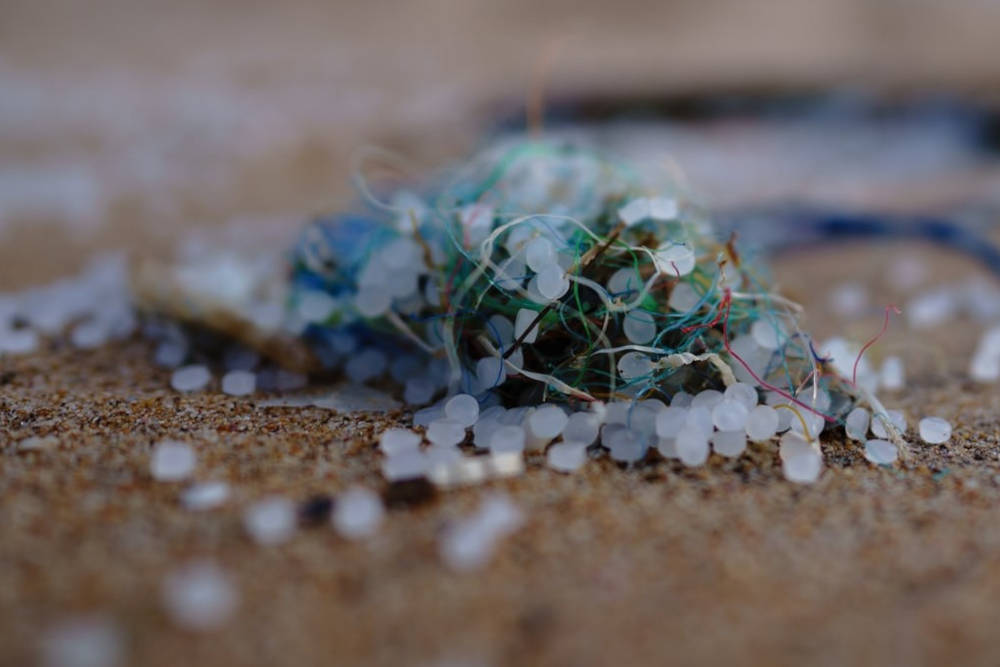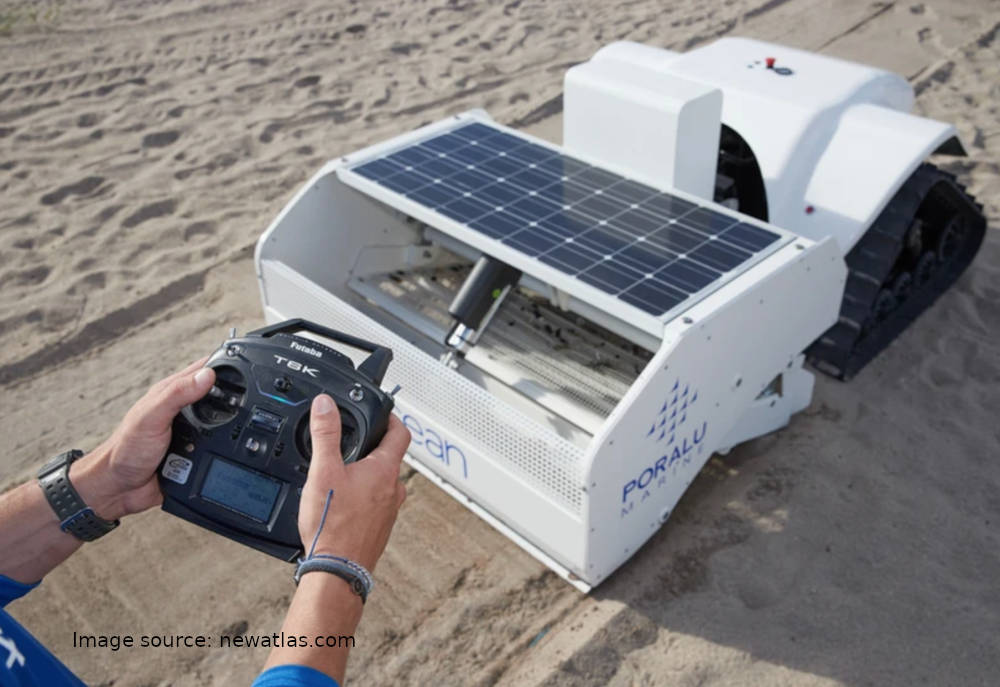Urban Rain Gardens
- Home
- Swallow Green
- Urban Rain Gardens
Urban Rain Gardens
- access_time27 April 2020
- account_circleSwallow Green

Rainwater notorious for polluting urban waterways, by sweeping up chemicals, pesticides, heavy metals, bacteria, automotive oils and other pollutants that are often present in dense metropolitan areas. In an effort to combat this, cities across the west coast of the United States are applying a new method of combating rainwater runoff: gardens.
These “Rain Gardens” (known also as “bioswales”) are designed to contain runoff, so to filter it, before it enters the sewer system through storm drains, all while having a relatively unassuming appearance.
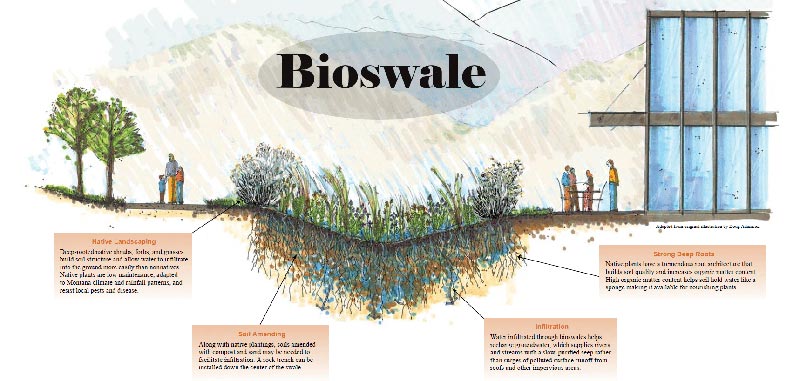
Image source: https://theconstructor.org
According to a NWQI 1996 Report to Congress, rainwater runoff is the 2nd greatest polluter of water in estuaries of the United States, which are critical shoreline ecosystems, especially for the migratory and aquatic bird populations. During storm events or heavy snow melts, facilities that treat both storm water and sanitary sewage often become overloaded with urban rainwater runoff and discharge untreated waste into surface waters, polluting them immensely.
Bioswales are typically planted on a slope above the sidewalk and below the level of the front porch of a building. This allows water flowing off of roofs, stairs, gutters, and parking lots to run down across the bioswale, ensuring maximum absorption of toxins and pollutants.

Image source: thewatershedproject.org
Portland has become just one of the many WC cities that have hopped on the bioswale train in the States. Over the course of the last 10 years, Portland has been helping citizens install the bioswales in their front and back gardens, offering monetary support if the choose to do so. The bioswales are part of a massive rework of the Portland sewer system, the “Green Streets” initiative.
“Green Streets reduces and manage rainwater runoff through interception, evapotranspiration, through fall, and attenuation. One of the most closely monitored facilities—the Glencoe Rain Garden—has performed extremely well… and has retained 94% of the runoff.”
2007 Green Streets policy report
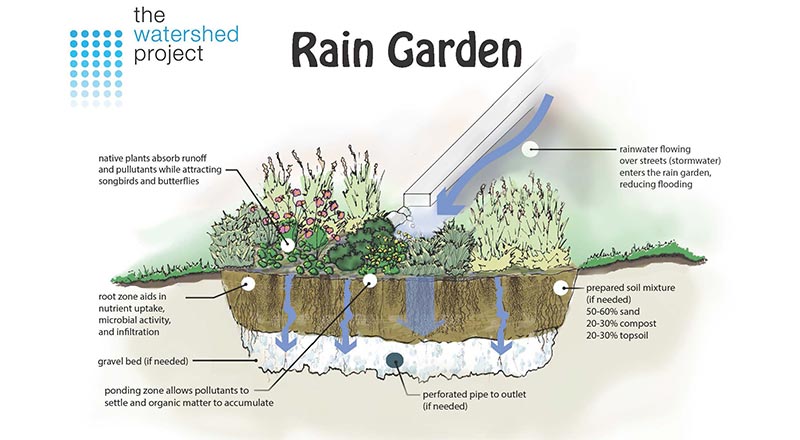
Image source: thewatershedproject.org
The Green Streets report states that the potential certain plants have to remove pollutants like oils, toxic chemicals, heavy metals, and harmful bacteria is as high as 90%, while sediment content can be reduced by 80%. Also, because the gardens are also naturally drained and dried every 12 to 48 hours, there’s virtually no risk for bioswales to become mosquito breeding centers.
Eco inventions usually tweak and resolve small issues and problems, so bioswales are special in the simple fact that they tackle an enormous issue, and resolve it almost to completion. It is a piece of future, in our hands, in this very moment. Very exciting to say the least.


